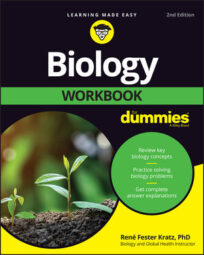Joints are structures where two bones are attached. Movable or synovial joints allow bones to move relative to each other. In many areas of the body, strong, fibrous connective tissues called ligaments stabilize joints.
Three common types of movable joints enable most of the movements of animals:
Ball-and-socket joints allow movement in many directions. They consist of a bone with a rounded, ball-like end that fits into another bone, which has a smooth, cup-like surface.
Pivot joints allow you to swivel a bone. They occur when one bone pivots or rotates around another bone that remains stationary.
Hinge joints allow you to bring two bones close together or move them farther apart, much like you open and close a book. In hinge joints, a convex surface forms a joint with a concave surface.
For questions 1–3, move your body and use the following terms to figure out what kind of movable joint exists at each of these locations.
a. Ball-and-socket joint
b. Pivot joint
c. Hinge joint
Where your skull meets the top of your spine
Where your humerus meets your ulna
Where your femur meets your pelvic girdle
The following are the answers to the practice questions.
The answer is b. Pivot joint.
You can turn your head and angle it, but you can’t spin it completely around.
The answer is c. Hinge joint.
You can fold your lower arm upward onto your upper arm, just like opening and closing a book.
The answer is a. Ball-and-socket joint.
You can rotate your leg in all directions within your hip socket.

